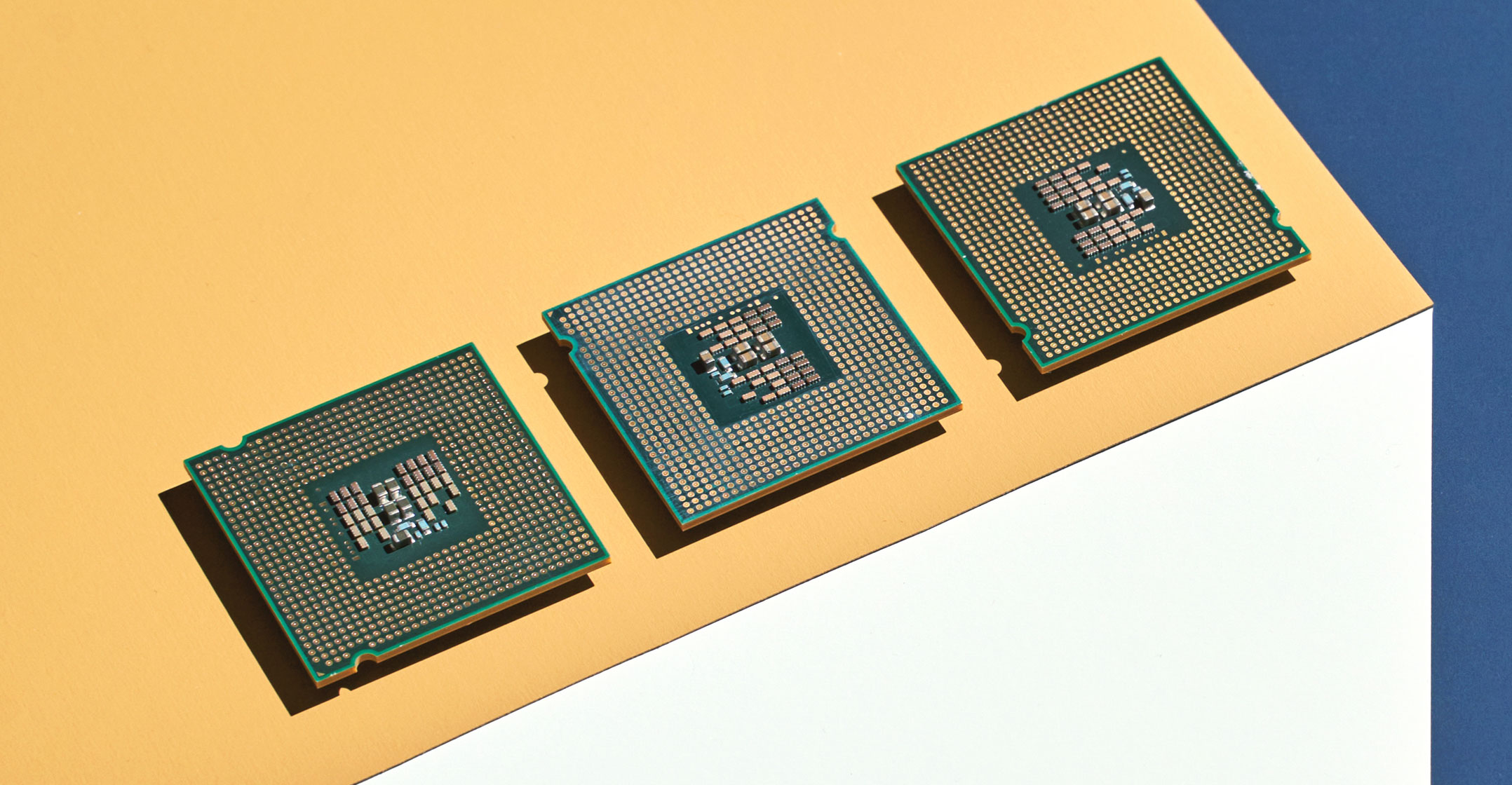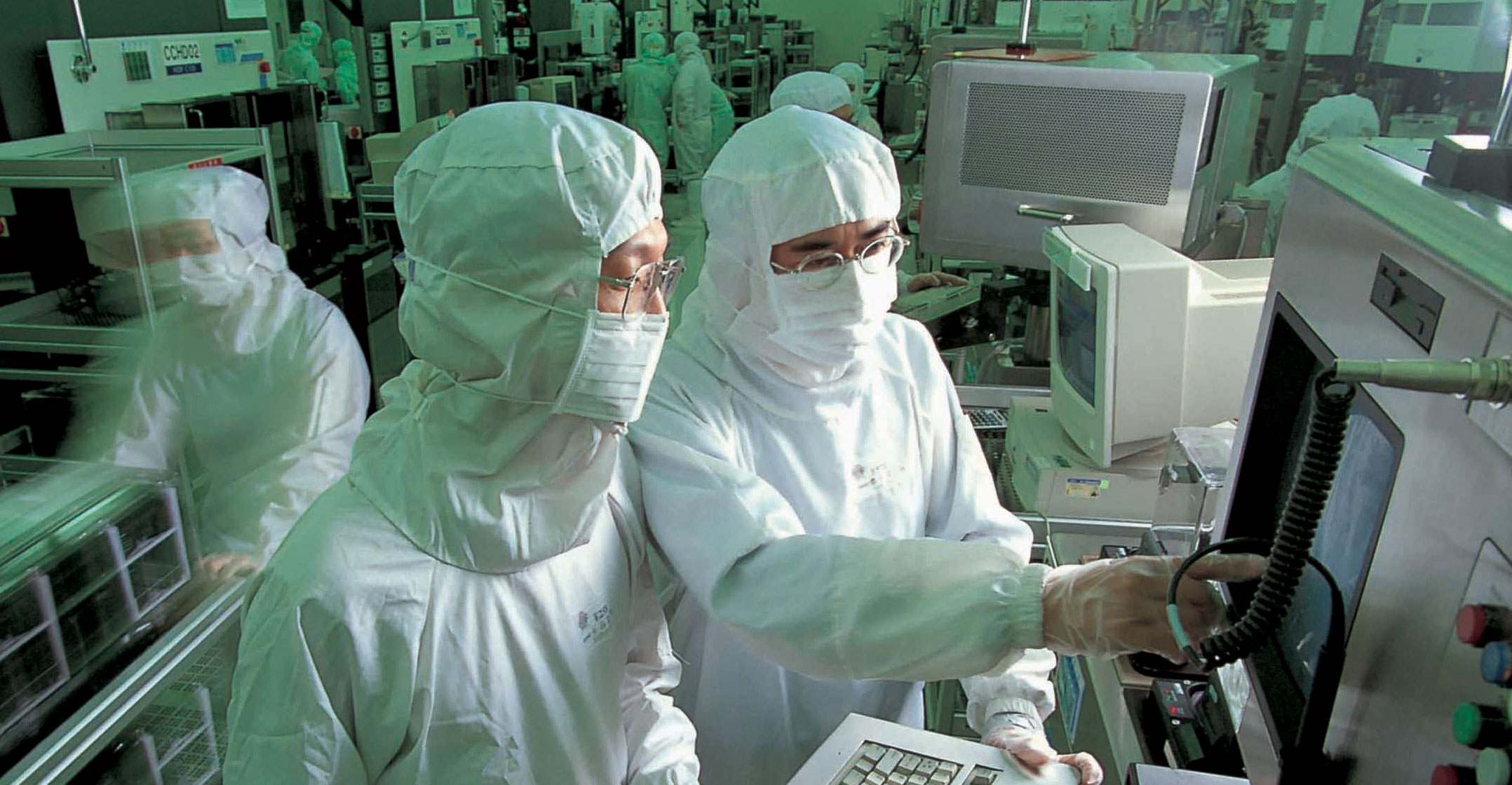 Global investors are in for a treat. An extremely expensive game of one-upmanship is being played out in the semiconductor industry where the winners will look like heroes and the rest may not even survive.
Global investors are in for a treat. An extremely expensive game of one-upmanship is being played out in the semiconductor industry where the winners will look like heroes and the rest may not even survive.
All told, more than US$700-billion (R10.6-trillion) has been pledged over the next decade to expand production capacity for the chips that run smartphones, power data centres, and one day will drive cars. Samsung Electronics is the latest show its hand, reporting third-quarter numbers that put it on track to post record spending for 2021 and setting it up for even more next year. In August, the South Korean giant said it will bring forward plans to invest $150-billion on advanced chip-making, joining Taiwan Semiconductor Manufacturing Co, Intel, Micron Technology and SK Hynix in a massive gamble that the world’s appetite for electronics will continue unabated. By comparison, those five companies shelled out just $70-billion in 2018.
This sudden hunger for capacity is being pinned on the recent component shortage that’s crimped car output and driven up prices. Yet the latest data on lead times between orders and delivery indicate this crisis has already peaked.
Beyond this short-term hiccup, executives are betting that a confluence of 5G mobile communications, artificial intelligence and greater automation across industries including transport and manufacturing will create a sustained need for more chips.
They might be right, but that still doesn’t justify their ridiculous spending plans.
Instead, it seems nationalism and government interference are having an outsize influence on market forces, which will result in excessive expansion that won’t be matched by even the most bullish of demand scenarios.
Bold blueprint
Samsung said on Thursday that it plans to triple some capacity by 2026, which comes in the context of a bold blueprint outlined earlier this year by Korean President Moon Jae-in aimed at keeping the nation’s place as a technology powerhouse. Between them, Samsung and SK Hynix expect to spend around $450-billion in the coming decade with more than 150 other companies as part of a coordinated effort to continue the development and production of semiconductors, which the government calls a “strategic weapon”.
Intel CEO Pat Gelsinger and Micron CEO Sanjay Mehrotra are determined not to let the US fall behind either, and have spent much of this year lobbying Washington for handouts to fund their own expensive programmes. Micron last week pledged $150-billion on factories and R&D over the next 10 years and made clear that it expects the government to give grants and tax breaks to help make that happen.
Gelsinger and his team have been less subtle about their demands. The 60-year-old, who returned to head Intel after more than a decade away, is boosting spending by 30% this year to $19-billion and is likely to increase that figure three-fold over the next few years as he seeks to catch up with TSMC and Samsung. But plans to develop a new factory on US soil “would be very difficult” without the government doling out more than $50-billion of incentives outlined in the bipartisan Chips Act that’s yet to pass the house, government relations chief Al Thompson said last week.

In the middle of this is global leader TSMC, which is being courted by governments around the world but would much rather keep its factories at home. Political pressure from Washington, coupled with generous enticements, left the Hsinchu-based company with little choice but to announce a new factory in Arizona, just down the road from one of Intel’s largest operations.
But company founder and former chairman Morris Chang hasn’t minced words on US hopes of revitalising a sector that lends its name to Silicon Valley. Known as the Godfather of the local chip industry, Chang has repeatedly noted that high costs, a dearth of local suppliers and comparative lack of talent puts the US behind Taiwan and other nations. Gelsinger’s argument that the industry needs to be re-shored are driven by self-interest, Chang said this week in Taipei.
The problem for Intel and those in Washington is that Chang, himself a US citizen, is not wrong. Intel fell behind in manufacturing technology, lost ground in computer processors to local rival AMD and was recently dumped by Apple. Gelsinger is pinning his hopes of returning the company to relevance on a brash plan to expand capacity and enter the chip foundry business dominated by TSMC and Samsung. But to pay for it, as Thompson noted, the company needs American taxpayer help.
Even with the looming adoption of more advanced semiconductors, there won’t be enough growth to cover the costs
Seoul also doesn’t want to fall behind. While China is lagging in semiconductor technology, it may pose a threat in memory chips — the bread and butter of South Korea’s industry and a commodity product sold mostly on price. An onslaught of cheap components could strike a painful, though not fatal, blow to Samsung and SK Hynix. The natural response is to boost capacity and technology to stay ahead of the game, while also allowing it to move into new areas like telecommunications and AI.
But even with the looming adoption of more advanced semiconductors, there won’t be enough growth to cover the costs.
By my calculations, the top five semiconductor manufacturers — which between them account for half the market — will spend close to $150-billion on capex in 2023, almost double what they shelled out in 2019 and around 50% more than projections for this year. Yet, according to trade group WSTS, global semiconductor growth is likely to climb just 10% next year. Data compiled by Bloomberg Intelligence suggests even more sedate numbers with just 4% expansion next year and only 9% from 2021 to 2023.
Supply > demand
We’re already seeing signs that supply is outpacing demand in memory, which this year will account for 29% of the chip market, resulting in falling prices.
If trade groups and analysts envision only modest growth in coming years, you can be sure industry executives do, too. That means their aggressive capacity expansion isn’t driven by a deep belief that the market is truly going to double in just four years, as their spending suggests, but that they’re in a desperate land grab hoping that size and capacity will be enough to muscle out rivals.
TSMC’s Chang is right that the lobbying efforts are driven by self-interest. But cheered on and funded by eager politicians, global semiconductor companies are accelerating towards a capex cliff. Let’s see who flinches first, and who plunges off the edge. — (c) 2021 Bloomberg LP

